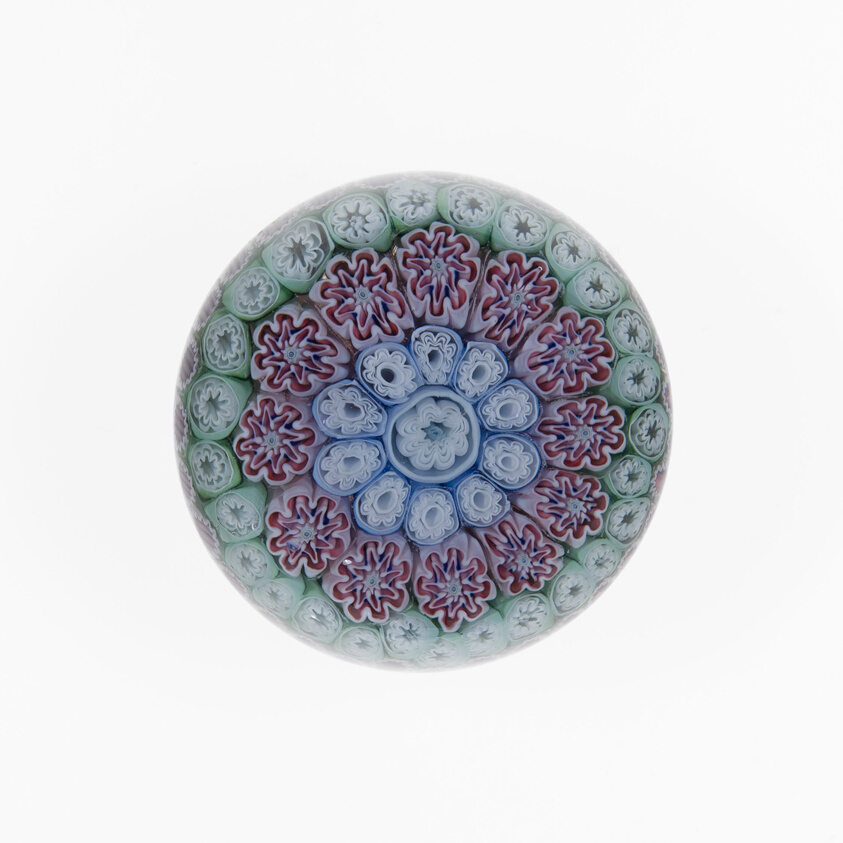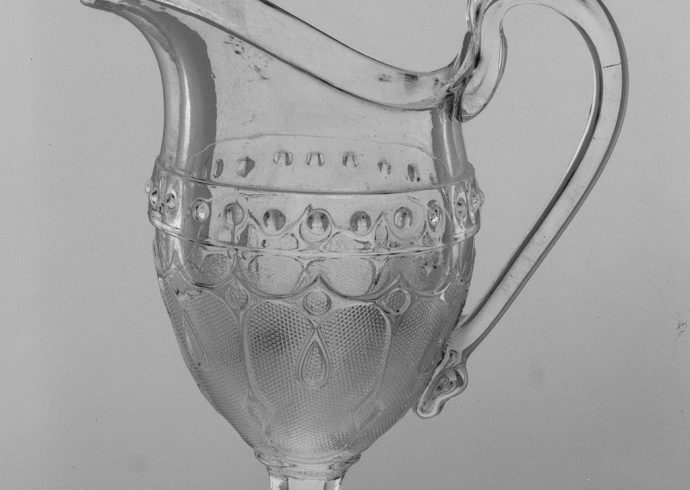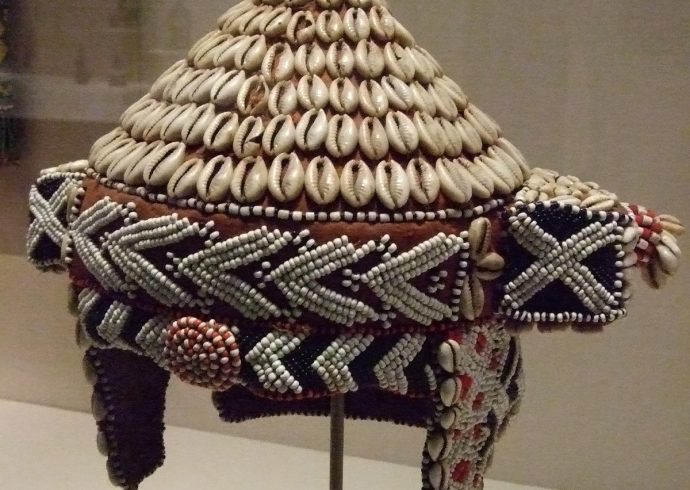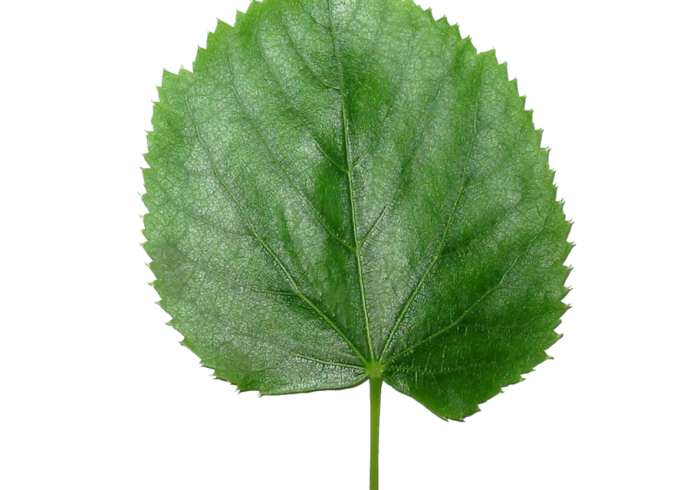
George Bacchus and Sons paperweights
As one of the more than twenty glass factories located in Birmingham, England during the early nineteenth century, Bacchus and Green got its start in 1818 with company founders George Bacchus, John Ogdin Bacchus, William Bacchus and George Joseph Green. A business notification in the Aris’s Birmingham Gazette dated April 13, 1840, stated the dissolvement of Bacchus and Green, with the company being renamed George Bacchus and Sons, based out of Union Glass Works on Dartmouth Street in Birmingham.
The company started manufacturing millefiori paperweights by the 1840’s in the style of the ubiquitous Italian paperweights. Attention was given to detail in creating these paperweights: closely packed millefiori canes forming perfect concentric circles, sometimes with a pastry-mold center cane, in colors that contrasted well with each other. The canes used had either a white or clear glass casing. Round canes combined with star-shaped canes also formed striking millefiori paperweights, earning them an exhibition spot at the Society of Arts. Perhaps even more noticeably, Bacchus paperweights did not veer out into lampwork designs like the majority of other glass manufacturers did, such as Clichy, Baccarat, Murano, and St. Louis.
Over time the company introduced a variety of glass making methods, such as pressed glass, cut glass and cased glass. Cased glass proved ideal for the making of cameo glass in items such as vases and jars. Pressed glass objects include decanters, vases, cruets, tumblers, and baskets. George Bacchus and Sons ceased operations by 1890.
Due to their rarity, Bacchus millefiori paperweights that do appear on the market from time to time can fetch up to more than a few thousand dollars in price.
Image Credit: Art Institute of Chicago.


